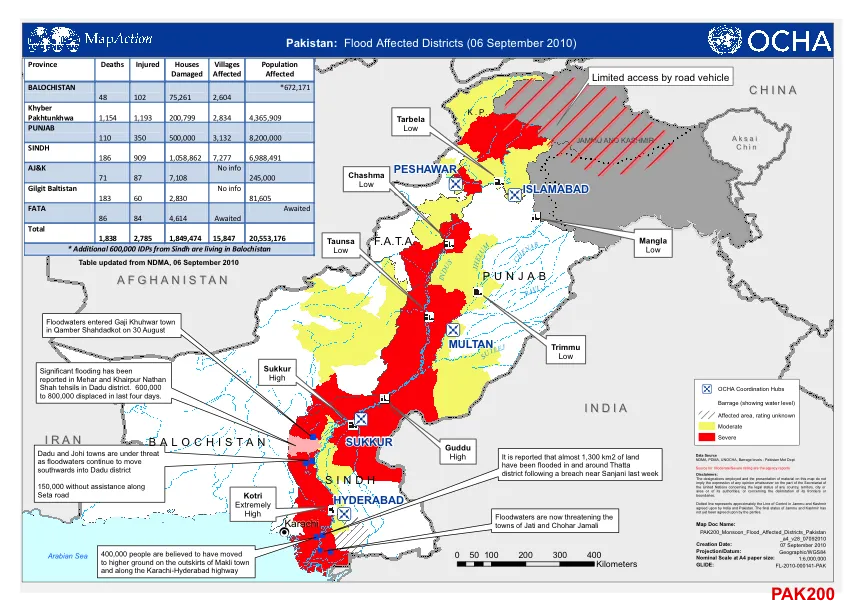Is it worth being a member of your local professional association?
Professional organisations and business groups are common place in all industry sectors and the GeoSpatial Industry is no exception.
These groups and organisations, in the main, are member funded organisations. That is, they exist mainly through the income generated through membership fees. So, it is worth becoming a member or maintaining your existing membership.
In my opinion, the answer is definitely YES, as it gives you the vital link between you and your industry, outside of your work / educational environment. But don’t think that just being a member will bring you benefits. Like any network, you need to work it, be involved and be always looking to connect with industry professionals that can make a difference.
WHAT ARE THE BEST ORGANISATIONS TO BE INVOLVED WITH?
Well that really depends on what you want to get out of them. If you are studying then you might look at professional organisations that can help you network with potential employers. If you are already an industry professional you might look to get involved with a group more aligned to the industry you are working in or the technology that you use.
Let’s examine the right organisation for you and your stage of your career.
1. STUDYING OR RECENT GRADUATE
If you are still studying or have just graduated and looking for that first career opportunity, then look at an industry organisation that will give you value for money plus plenty of broad networking and professional development opportunities. Many professional organisations have discounted or free membership for students.
2. YOUNG PROFESSIONAL
As you career starts to develop, look for industry organisations that can help you maintain your broad industry development (CPD – Continual Professional Development) through courses, conferences and networking opportunities. You should also start to narrow your focus on specific industry or technical user groups where you can network with professionals in the same industry i.e. water, environment, surveying, etc or using the same software / technology. For example Esri around the globe have local user groups and national and international conferences.
3. CAREER CHANGE
If you are looking for career change, then look for industry groups where you can network on a regular basis with industry leaders. This can be similar to the ‘Young Professional’ category but with a greater focus on where you want to take your career. It may be an opportunity to join new groups in other focus areas that you might be interested in moving into.
4. BUSINESS BUILDING
Are you trying to build your own business or are in a business development role for the company you work for? If so look for business groups that can help you find projects or are open to collaboration and helping their members find business. These sorts of groups tend to be a little more expensive to me members of but will definitely help you to streamline the business development process.
INDUSTRY GROUPS
Here is a short list of organisations that you may wish to investigate further.
- Surveying and Spatial Sciences Institute (Australia)
- Spatial Industry Business Association (Australia)
- Mapping Sciences Institute Australia(Australia)
- Remote Sensing and Photogrammetry Association (Australia)
- Coalition of Geospatial Industries (USA)
- International Society for Photogrammetry and Remote Sensing (Global)
- URISA (Global)
- American Association of Geographers (USA)
- American Congress on Surveying and Mapping (USA)
- Association for Geographic Information (UK)
- CaGIS (USA)
- California Geographic Information Association (USA)
- Canadian Institute of Geomatics (Canada)
- EUROGI (Europe)
- Geospatial Information and Technology Association (Global)
- Irish Organisation for Geographic Information (Ireland)
- Plus many more
GET INVOLVED
Get involved. You will only get benefit from any of these types of organisations if you get involved. Attend meetings, functions, events and conferences. Join the committee, volunteer at industry events and network with your peers that you can help and that can be of assistance to you and your career. Be a go-giver not just a go-getter J
Don’t wait for the opportunities to come to you – go to the opportunities.
Source: GeoSpatial Connect








